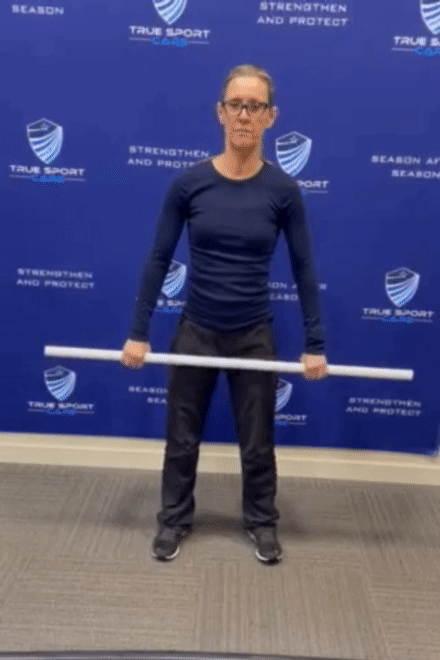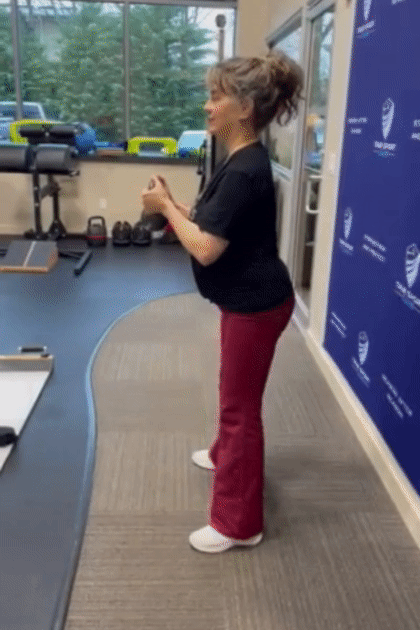The Musculoskeletal System Vs. Menopause
Well, here we are. I can’t believe I’m at the point in my life when I’d be discussing menopause and all of the nasties it brings with it. It marks the end of the menstrual cycle and causes lots of physical and emotional changes with the dramatic reduction in reproductive hormones as the cause. The more popular symptoms that everyone seems to be aware of are hot flashes, night sweats, depression and weight gain. However, a common yet mostly overlooked symptom is musculoskeletal pain – discomfort in muscles, bones and joints. I’ll be focusing on the connection between menopause and musculoskeletal issues and what can be done to make it less horrible.
Musculoskeletal Pain During Menopause
Musculoskeletal pain affects the muscles, ligaments, tendons, bones and joints. When discussing menopause, hormonal changes play a huge role in the onset and intensity of symptoms – and estrogen has the starring role. Other than being responsible for the female reproductive system and secondary sex characteristics, estrogen helps to regulate the maintenance of bone, muscle health and inflammation. It aids in the natural bone replacement, prevents joint inflammation and helps with new skeletal muscle production.
How Menopause Affects Bones
Let’s talk bones. Women in their 20s-30s have the highest bone density due to higher levels of estrogen floating around. Once those levels start to decrease, we begin to see bone loss, with an average of 10% bone mass lost in the first 5 years post-menopause. This weakened state of bones known as osteoporosis is very common in menopausal women, making them much more prone to fractures.
Muscle Pain During Menopause
Let’s talk muscles now. Estrogen is a major player in providing a protective effect on muscles. With its age-related decline comes a decrease in muscle mass and strength, also known as sarcopenia/dynapenia. As a result, menopausal women may experience more pain and sustain injuries more easily even though their activity levels have remained consistent. I treat so many patients who are frustrated and disheartened with their situation. I am constantly being asked,
“Why am I falling apart?”
“Why is this happening to me?”
“I am taking the best care of myself, why do I feel so horrible all of the time?”
Well, the culprit is hormones, ladies!! Decreased estrogen levels contribute to stiffness in the muscles, tendons, and ligaments, leading to poor joint performance and an increased rate of injury.
Joint Pain During Menopause
Joints are up next. Up to 50% of menopausal women complain of joint pain. Joint pain and swelling related to estrogen decline most commonly affects the hands, feet, knees, elbows and neck. It may also include back pain, overall joint stiffness, reduced range of motion, frozen shoulder, and crepitus (the cracking or popping sounds) that occur with joint motion. So pretty much everything. Oh, and menopausal joint pain is usually worse in the mornings and improves with activity. This last sentiment should set some bells off – movement is a great thing!! Let’s get into it.
Improve Menopause Symptoms with… Physical Activity
We can fight the negative effects of menopause with physical activity, and honestly, this shouldn’t be a shock to anyone. Any movement is a good movement for so many things in life. But being consistent is key.
- Weight-bearing exercises like walking, running, or hiking are fantastic.
- Yoga and Pilates are also important for flexibility.
- However, strength training is the most crucial piece to managing bone and muscle loss due to hormonal and age-related changes.


Strength training can be considered the fountain of youth. Heavier lifting helps bone to produce more bone and muscle to create more muscle. This may seem like a scary proposition for many people, but we can help in so many ways. Our Smithtown Chiropractic and Sports Medicine office specializes in helping you move better, stay injury-free and feel younger. Here is what you can expect from a visit to True Sport Care and Chiropractic:
- Evaluation. We will start with a thorough evaluation to make sure you are connecting to the muscles appropriately before you start any lifting program. (Proper form and muscle engagement are the key to staying injury-free while lifting.)
- Personalized exercise program. We will create a personalized program and update this program accordingly as you progress over time. (As you get stronger, you will notice improvements in how you feel.)
- Chiropractic and soft tissue work. Myofascial work will provide relief for unhappy and sore musculature and joint mobilization (chiropractic adjustment) will help keep the joints moving and lubricated. (Our blend of manual therapies will ease those pesky muscle and joint aches and pains.)
- Correct muscular imbalance. We can help you unlearn compensation patterns that are causing muscular imbalances – thus affecting joint mobility and the overall function of the musculoskeletal system.
Please consider allowing us to help manage your physical wellbeing during this not-so-wonderful phase of life. I’m right there with you!


